It is very important to be able to know how to tell if it is porcelain or ceramic tile before you go tile shopping for a tiling job. Both are baked in a kiln after being assembled from a variety of different clays and other components.
The term “ceramic tile” refers to a broad category that includes both porcelain and traditional ceramic tile. Non-porcelain tiles, sometimes known simply as ceramic tiles, and porcelain tiles, are the two categories that make up ceramic tiles. Since they are comprised of materials that are less porous and are burnt at higher temperatures in a kiln, porcelain tiles, in general, are of a higher quality and are more resistant to damage than other types of tiles.
Locating Missing or Loose Tiles
Examine the surface of the tiles to determine how smooth their polish is. Either visually checking the top surfaces of the tiles or physically running your fingertips over the tops of the tiles will enough to do this task.
The finish on ceramic tiles is often rougher than the finish on porcelain tiles, which typically has a finer grain. Therefore, you are dealing with non-porcelain (ceramic) tile if the finish feels somewhat grainy or gritty when you touch it. Porcelain tiles have a smooth, even surface.
If the tiles have previously been glazed, flipping them over will reveal the unglazed underside.

Look for glaze chips while attempting to identify ceramic tile. Examine the glazing carefully; if it has been chipped, you will be able to see the white or tan foundation that the tile is made of.
This is undeniable evidence that the tile in question is made of ceramic. On occasion, glaze is applied to porcelain tiles; however, this is not always the case.
The majority of porcelain tiles of a good grade will have a color that is uniform across the tile’s surface, including its top, body, and bottom. On the other hand, ceramic tiles are often covered with a transparent glaze.
Compared to ceramic tiles that are not made of porcelain, glazed porcelain tiles are significantly more durable and resistant to wear and injury.
Look closely at the tile’s underside to see if it has a white, tan, or red hue. Ceramic tiles will always be white, tan, or red in color, and will have a colored glaze applied over the top of the tile.
Porcelain tiles, on the other hand, can be tinted. You may be certain that you are dealing with a porcelain tile if the sides (and base) of the tile are any color other than white, tan, or red. These are the only three colors that porcelain tiles come in.
It’s possible that the color isn’t evenly distributed throughout the body of some low-cost and low-quality porcelain tiles. Avoiding buying these tiles would be the best line of action for you.
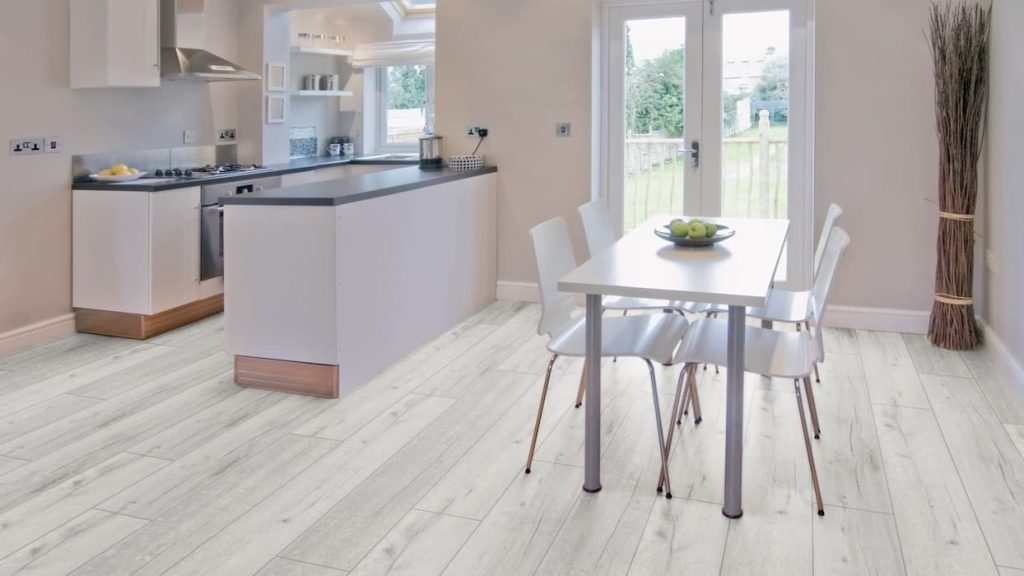
Look at the cost differences between the two types of tiles. Since porcelain tiles need more time to produce, are more versatile, and often last longer than ceramic tiles, they are nearly always more expensive than ceramic tiles.
In hardware or home-supply store, if there are two types of tiles available, the non-porcelain (ceramic) tiles will be a little less than the porcelain tiles.
As a general rule, the cost of porcelain tile is approximately 60% higher than the cost of ceramic tile.
A Method for Identifying Tiles That Have Already Been Installed
Take note of the spot where the tiles have been laid down. Ceramic and porcelain tiles are beautiful flooring options, but they are best utilized in different areas of the home.
The walls, floors, and shower stalls of bathrooms, as well as the areas surrounding bathtubs and laundry rooms, are frequently tiled with porcelain. Because of its higher level of hardness, porcelain tile has a longer lifespan than ceramic tile, and it is also more resistant to the effects of moisture.
On the other hand, Ceramic tile is typically installed as flooring in high-traffic areas such as an entryway or a heavily used corridor. This is because ceramic tile is extremely durable and can withstand heavy foot traffic.
Check to see if any of the tiles have become discolored or soiled. If this is the case, then they are most likely made of ceramic. The porosity of porcelain tiles contributes to their inherent stain resistance, as does the material’s high density.
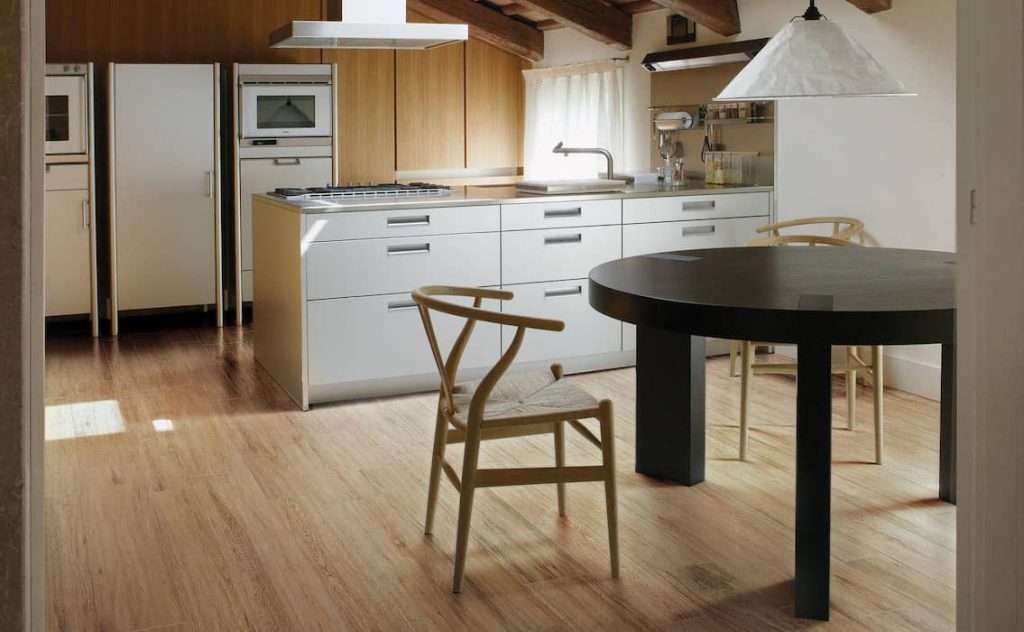
As a result, the majority of chemicals that leave stains, such as red wine, may be readily removed from them. Ceramics, on the other hand, is light and porous, and it is able to absorb elements that can stain it comparatively quickly.
If the ceramic tiles are at an entrance, they may become stained by the foot traffic that passes over them, which may leave behind dirt, mud, snow, and other debris.
Examine the tiles’ different sides to ensure they are all the same size and shape. The top piece of the tile that is facing upward or outward when it is laid is referred to as the “face” of the tile.
Tiles made of porcelain often have neatly shaped faces that are all precisely the same size. Because of its resiliency, porcelain tiles may be “rectified,” which means they can be cut to extremely precise measurements to achieve perfect uniformity. Additionally, this makes it possible to grout the porcelain tiles such that there are only very small gaps between each tile.
You are dealing with ceramic tiles if there is even the slightest variation in the dimensions of the individual tiles.
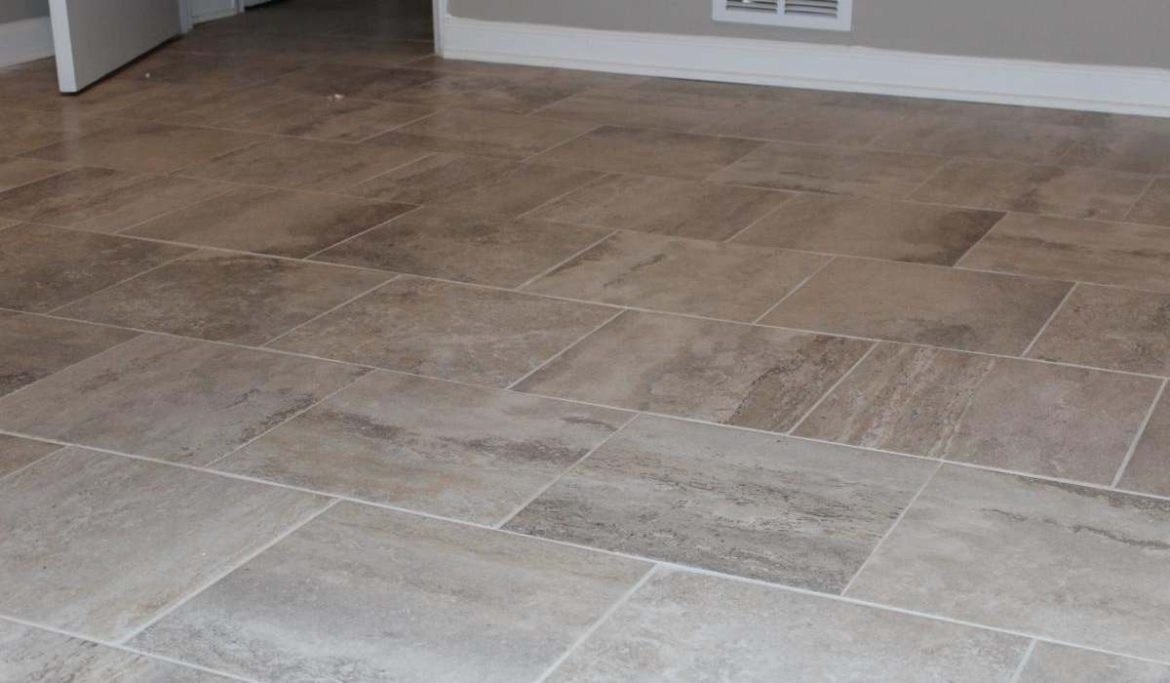

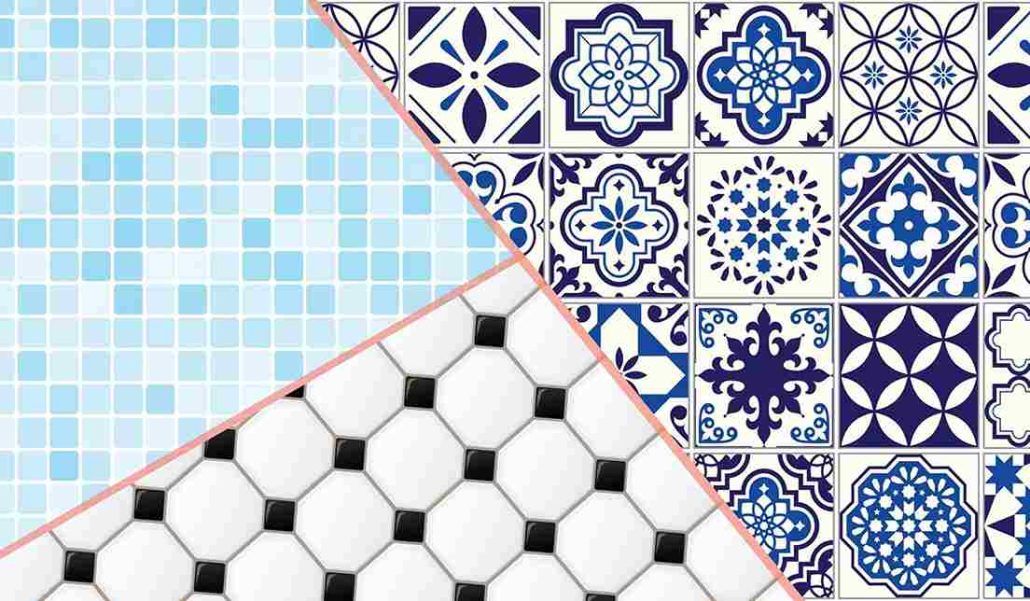
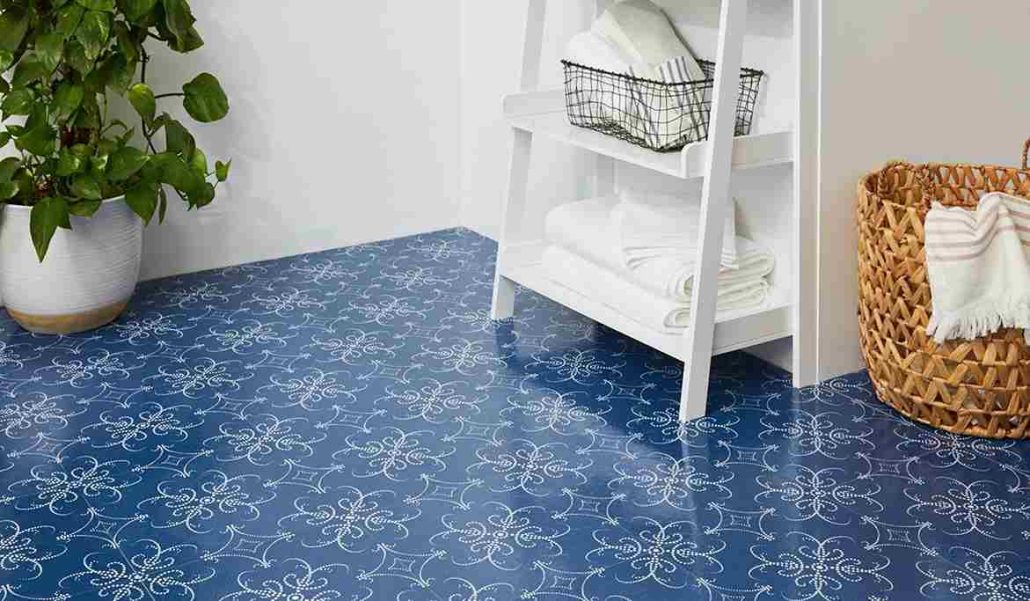

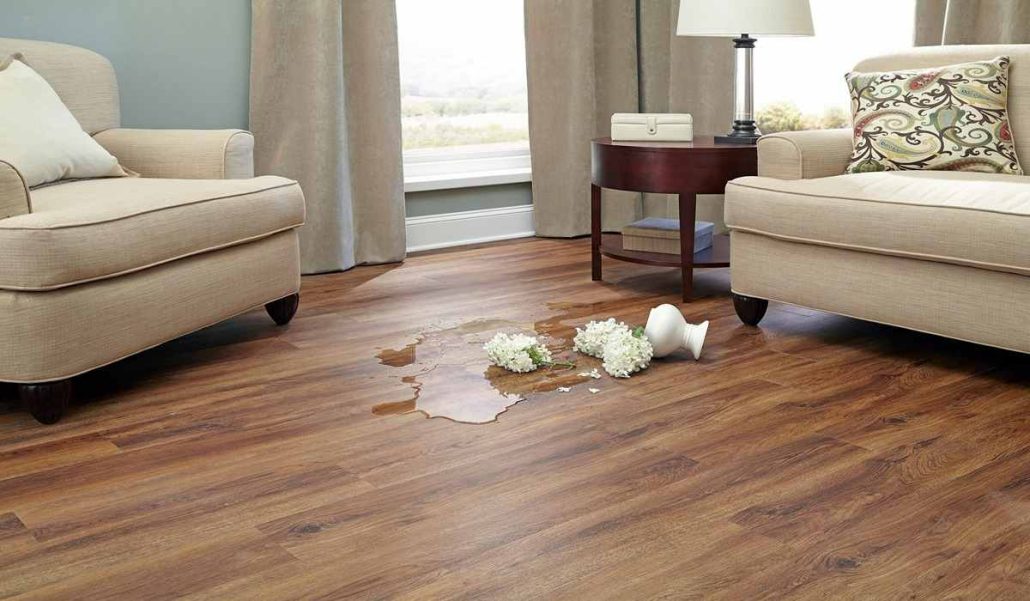
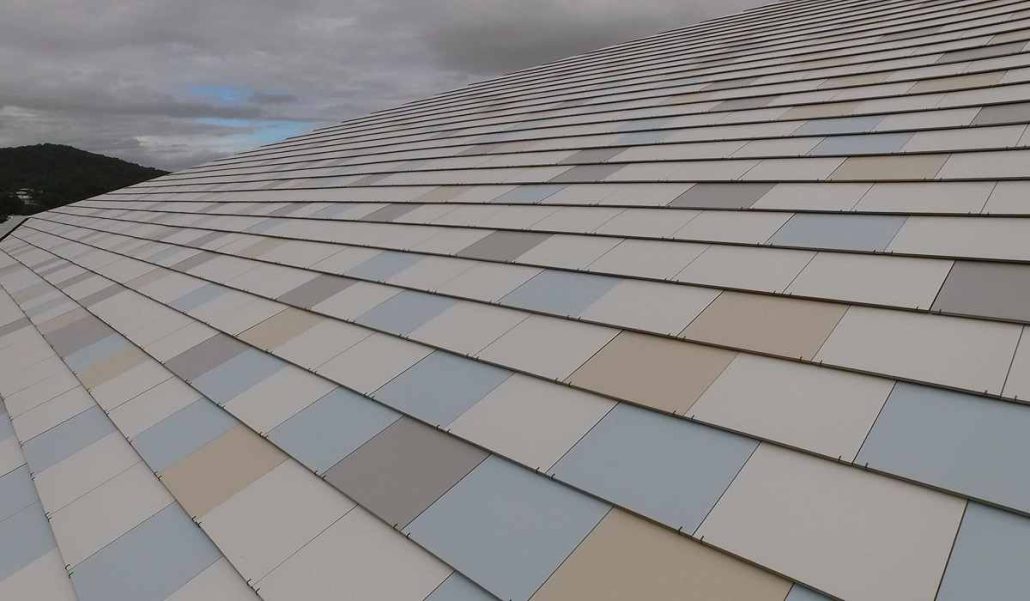
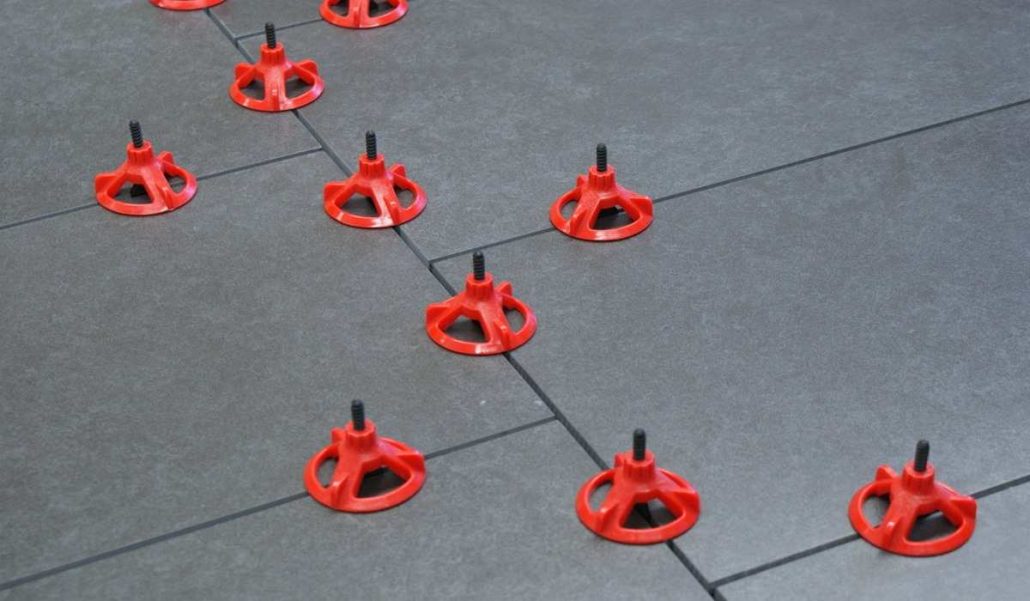


Your comment submitted.